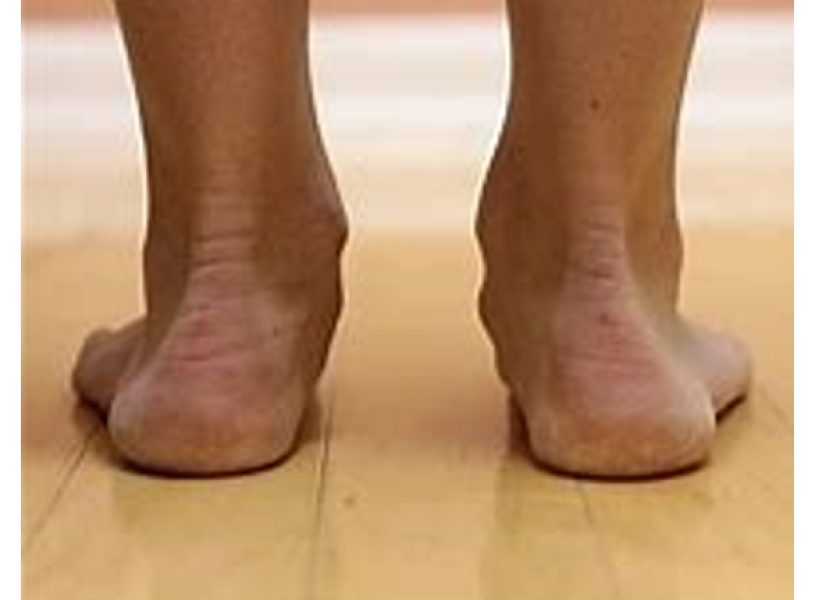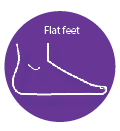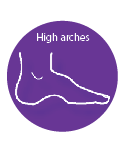Give Your Feet The Support They Need

This article was developed by Scott Uhlenhake, Physical Therapist & Orthopedic Specialist. You can reach him at sjuhlenhake@icloud.com
Whether at home, in the clinic or out on the farm, most of us spend a lot of time on our feet every day. Proper arch position, whether obtained through natural body structure or maintained by appropriate footwear, is important for the good lower extremity alignment necessary to minimize lower body stress and fatigue and decrease the risk of injury.
To assess your arches, you must be in a standing position with your shoes and socks off. There is a wide range of assessment techniques from simple observation to the very common “wet test” that is advocated by many shoe manufacturers, as well as the navicular drop measurement, which is performed by some physical therapists.

Stability tennis shoes provide the additional support needed for someone with pes planus to maintain a neutral arch position and better lower extremity alignment during standing and walking. Increased support can also be achieved by using custom or over-the-counter inserts.
You can usually avoid custom inserts unless you have other problems such as a foot deformity or diabetes. Over-the-counter inserts will typically cost between $35 and $75 but should be selected carefully because many fail to provide adequate support.
To evaluate inserts, place one on a hard surface and push down on the arch area with the heel of your hand. Notice how much resistance there is to flattening the arch. Then, consider how it would support your body weight over the course of a day. Patients commonly ask about the foot assessment kiosks and related inserts available in large retail stores. In my opinion, these inserts are not adequate for someone with pes planus.
For people with pes planus, it is very common to need the additional support of an insert inside of a boot used for work due to the lack of support contained in the structure of the boot. I also often recommend people with pes planus avoid or minimize the use of traditional sandals.

A quality shoe store, often associated with running, typically has knowledgeable staff that can provide arch evaluations and make recommendations for shoes and inserts. If you wear boots and do need inserts, bring them with you so the store associate can helpyou pick out the best type and size.
Legal Disclaimer: The content of this article is not intended to be a substitute for individual professional medical advice. Relying on the information provided is done at your own risk.







